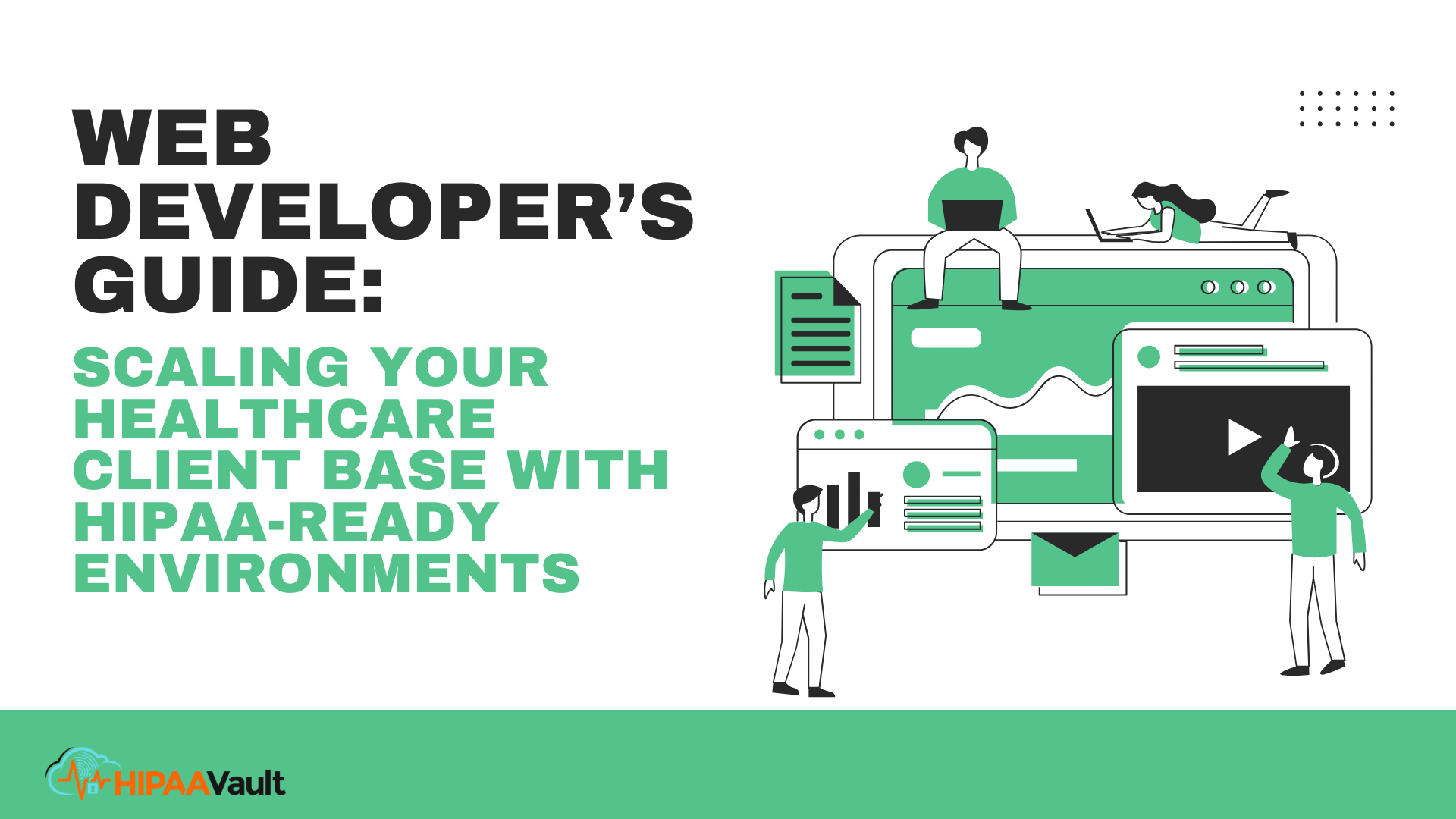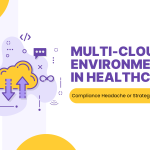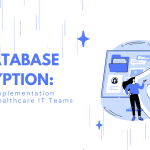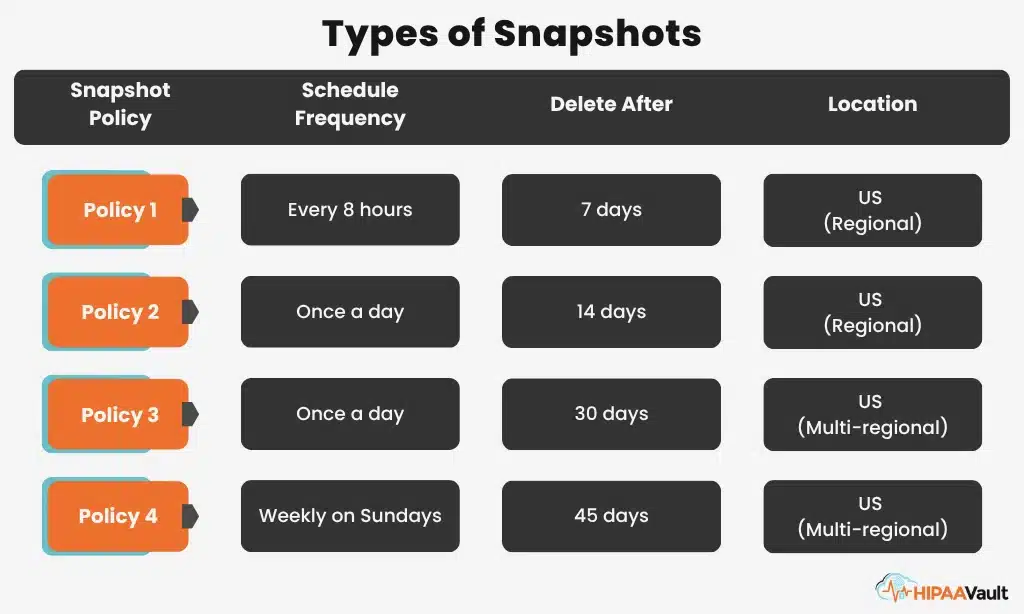Compliant, secure applications are in prime position to capture this market. A 2024 HIMSS report found that over 75% of healthcare organizations plan to increase their digital investments, with patient portals, telehealth platforms, and interactive websites topping the list of priorities (HIMSS 2024 Digital Health Technology Survey). But building these systems goes beyond a responsive design: any solution handling Protected Health Information (PHI) must live in a HIPAA‑ready environment.
In this guide, we’ll weave HIPAA’s Privacy and Security Rules into your development workflow, helping you avoid costly missteps and position yourself as a trusted partner for healthcare clients. You’ll learn how to establish secure hosting, integrate essential safeguards, and streamline your SDLC—so you can confidently scale your business.
Why HIPAA Matters to Your Web Development Practice
When you craft a patient intake form, schedule appointments online, or build a telehealth portal, you’re often collecting names, medical concerns, insurance details, and more—data explicitly defined as PHI under the Privacy Rule. Equally important, the Security Rule mandates that electronic PHI (ePHI) be protected with administrative policies, physical safeguards, and technical controls.
Failing to bake these requirements into your deliverables can trigger civil fines up to $50,000 per violation (capped at $1.5 million per year) and damage both your clients’ reputations and your own credibility (HHS HIPAA Enforcement Highlights). By understanding HIPAA not as red tape but as a framework for trust and quality, you’ll differentiate your services and open doors to new revenue streams in a sector desperate for security expertise.
Secure Your Healthcare Operations with Full HIPAA Compliance
HIPAA Vault provides end-to-end compliance services — from secure hosting to expert risk assessments and 24/7 support.
Get a Free Compliance AssessmentBuilding HIPAA‑Ready Environments from the Ground Up
Rather than retrofitting compliance onto an existing stack, we recommend architecting environments with HIPAA in mind from day one. Start by choosing a hosting partner that offers turnkey HIPAA‑compliant infrastructure—complete with signed Business Associate Agreements (BAAs), automated patching, intrusion detection, and geographically redundant data centers. HIPAA Vault’s cloud hosting, for instance, delivers these capabilities out of the box, so you can focus on code rather than configurations.
Next, integrate encryption everywhere: enforce TLS 1.2+ for all traffic, disable legacy protocols, and encrypt stored data with AES‑256 or FIPS 140‑2–validated modules. Separate keys from data and rotate them regularly to limit exposure. Implement role‑based access controls so that developers, administrators, and end users each have only the permissions they need, and require multi‑factor authentication for administrative portals. Finally, centralize audit logging into a Security Information and Event Management (SIEM) system, capturing user logins, data access, and system changes in real time.
Weaving Security into Your Development Lifecycle
A compliant infrastructure is only half the battle—your day‑to‑day workflows must also prioritize security. Adopt a secure development lifecycle (SDLC) by embedding automated scans and reviews into your CI/CD pipeline: static analysis tools catch insecure code patterns at commit time, dependency checks alert you to vulnerable libraries, and routine penetration tests validate your defenses against common attack vectors like SQL injection and cross‑site scripting.
Maintain separate development, staging, and production environments, ensuring that ePHI only lives in production, and control credentials with a dedicated secrets manager. Regularly revisit your risk assessments and incident response playbooks, training your team to spot phishing attempts and misconfigurations before they cascade into breaches.
When vulnerabilities do arise, a well‑drilled response plan—complete with breach notification timelines—will minimize liability and demonstrate your professionalism (OCR Breach Notification Rule).
Partnering with HIPAA Vault to Accelerate Your Growth
Scaling your healthcare client base doesn’t have to mean wrestling with compliance alone. HIPAA Vault offers purpose‑built solutions that align with developers’ needs:
- Pre‑Hardened Hosting: Spin up servers with encryption, logging, and intrusion detection fully configured.
- BAA Management: Simplify contracting with signed BAAs covering all services and third‑party integrations.
- Managed Security Monitoring: Our SOC watches your environments 24/7, alerting you to anomalies so you can focus on features.
- Expert Guidance: Tap into compliance expertise for architecture reviews, audit preparation, and incident response.
By partnering with HIPAA Vault, you gain a compliance ally—freeing you to innovate and deliver exceptional healthcare experiences.
Conclusion: Elevate Your Practice with Compliance as a Service
In a rapidly evolving digital health landscape, HIPAA compliance isn’t an afterthought—it’s a competitive differentiator. Web developers who master HIPAA‑ready environments stand out to healthcare clients, reduce legal risk, and drive higher‑value engagements. Embrace these practices today: architect compliant hosting, integrate security into every phase of development, and lean on HIPAA Vault’s managed services to scale with confidence.
👉 Start building HIPAA‑ready sites with HIPAA Vault and unlock new opportunities in healthcare web development.








